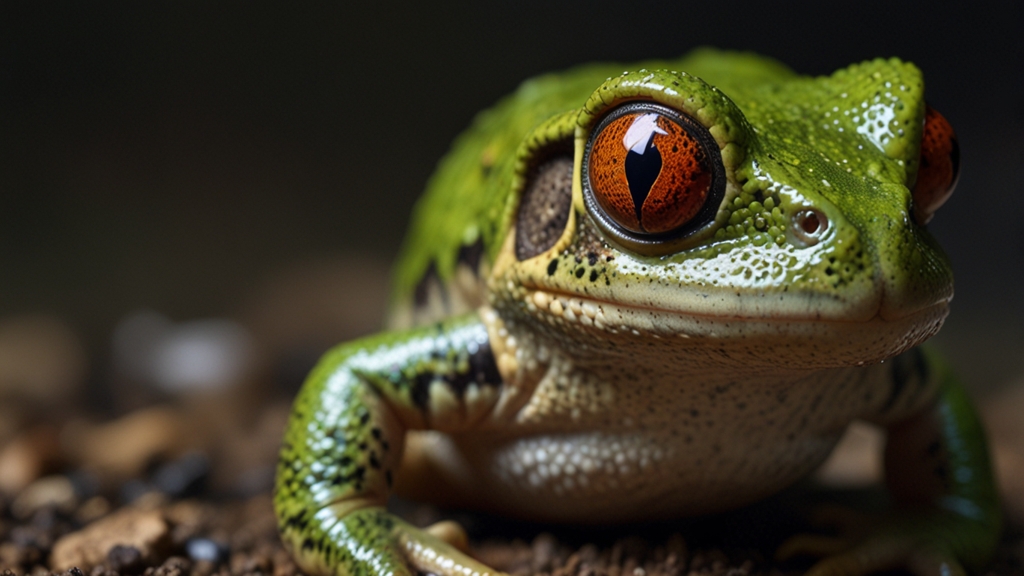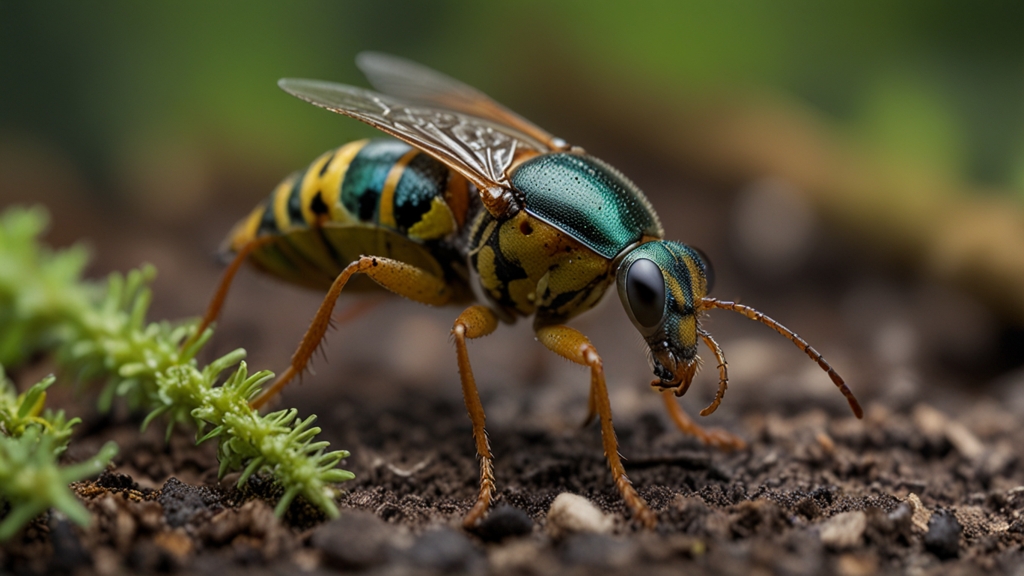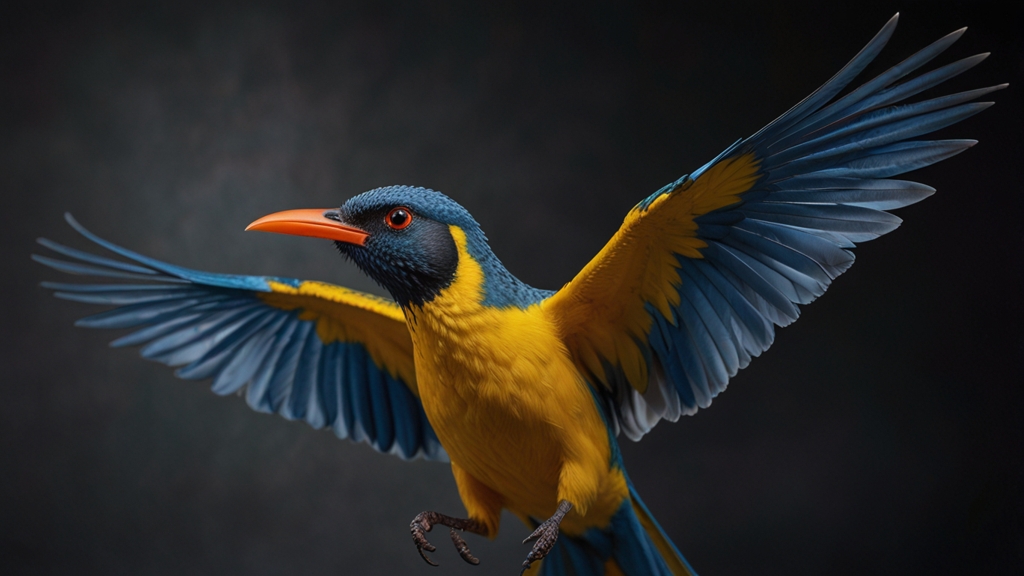Rare Amphibians That Will Leave You in Awe
Amphibians are among the most fascinating creatures on Earth, blending characteristics of both aquatic and terrestrial life. While many people are familiar with common frogs and salamanders, the world of amphibians is far richer and more diverse. Here, we explore some of the rarest and most awe-inspiring amphibians that you might never have heard of.
1. The Axolotl (Ambystoma mexicanum)
The Axolotl, also known as the Mexican walking fish, is a unique salamander that never undergoes metamorphosis. Unlike other amphibians that transition from juvenile to adult stages, the Axolotl retains its larval features throughout its life. This makes it look perpetually youthful, complete with gills that protrude from the sides of its head.
The Axolotl isn't just a marvel in appearance; it's also a beacon of hope in the field of regenerative medicine. These creatures can regenerate entire limbs, spinal cords, and even parts of their hearts and brains.
2. The Golden Frog (Atelopus zeteki)
The Panamanian Golden Frog is a small yet striking amphibian, adorned with a bright yellow hue that warns potential predators of its toxicity. Unfortunately, this captivating frog is critically endangered, primarily due to habitat loss and a deadly fungal disease affecting amphibians worldwide.
The Golden Frog has become a symbol of conservation efforts in Panama. Breeding programs and environmental protection measures are being implemented to save this irreplaceable species from extinction.
3. The Olm (Proteus anguinus)
Possibly one of the most mysterious amphibians, the Olm is a cave-dwelling creature found in the underwater caves of Europe. Blind and ghostly white, the Olm has adapted to a life in complete darkness. This remarkable salamander can live up to 100 years and can survive without food for a decade, thanks to its incredibly slow metabolism.
The Olm is often referred to as the "human fish" due to its pale skin. Beyond its eerie appearance, the Olm's longevity and resilience make it a subject of scientific fascination.
4. The Purple Frog (Nasikabatrachus sahyadrensis)
Native to the Western Ghats of India, the Purple Frog has an almost otherworldly appearance with its bloated, purple body and pointed snout. This peculiar amphibian spends most of its life underground, surfacing only during the monsoon season to breed.
Discovered as recently as 2003, the Purple Frog's unique lifestyle and appearance have provided critical insights into amphibian evolution and adaptation.
5. The Chinese Giant Salamander (Andrias davidianus)
The Chinese Giant Salamander holds the title of the world's largest amphibian, growing up to 1.8 meters (6 feet) in length. Sadly, this giant is critically endangered due to habitat destruction and overharvesting for its supposed medicinal properties.
Recently, conservationists have ramped up efforts to create protected habitats and breeding programs to ensure the survival of this remarkable species.
The plight of the Chinese Giant Salamander is a stark reminder of the fragility of our planet's biodiversity and the urgent need for conservation.
Conclusion
These rare amphibians not only captivate us with their unique appearances and extraordinary abilities, but they also highlight the pressing need for conservation efforts. As we continue to encroach upon natural habitats, it is imperative that we recognize and protect these incredible creatures for future generations. By celebrating the diversity of life, we can foster a greater appreciation and effort towards conserving the world's most elusive and awe-inspiring amphibians.










